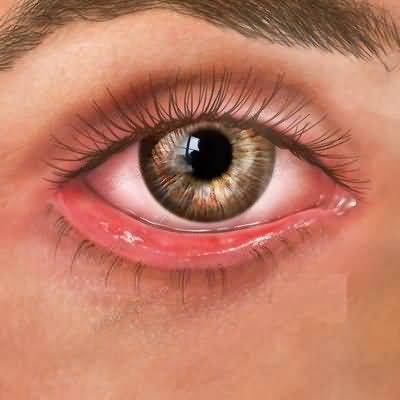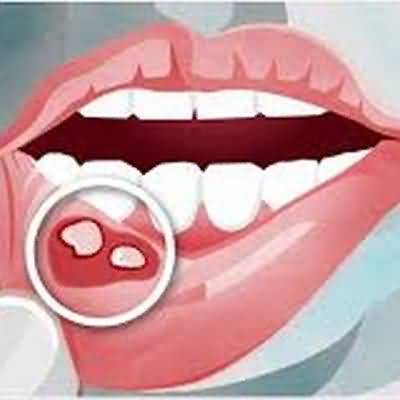peritonsillar abscess cellulitis
peritonsillar abscess cellulitis
When infection penetrates the tonsillar capsule and involves the surrounding tissues, peritonsillar cellulitis results
Peritonsillar abscess (quinsy) and cellulitis present with severe sore throat, odynophagia, trismus, medial deviation of the soft palate and peritonsillar fold, and an abnormal muffled (“hot potato”) voice
Following therapy, peritonsillar cellulitis usually either resolves over several days or evolves into peritonsillar abscess
Ultrasound may be a useful adjunct to clinical suspicion, but imaging is not required for the diagnosis
The existence of an abscess may be confirmed by aspirating pus from the peritonsillar fold just superior and medial to the upper pole of the tonsil
A 19-gauge or 21-gauge needle should be passed medial to the molar and no deeper than 1 cm, because the internal carotid artery may lie more medially than its usual location and pass posterior and deep to the tonsillar fossa
Most commonly, patients with peritonsillar abscess present to the emergency department and receive a dose of parenteral amoxicillin (1 g), amoxicillin-sulbactam (3 g), or clindamycin (600–900 mg)
Less severe cases and patients who are able to tolerate oral intake may be treated for 7–10 days with oral antibiotics, including amoxicillin, 500 mg three times a day; amoxicillin-clavulanate, 875 mg twice a day; or clindamycin, 300 mg four times daily
Although antibiotic treatment is generally undisputed, there is controversy regarding the surgical management of peritonsillar abscess
Methods include needle aspiration, incision and drainage, and tonsillectomy
Some clinicians incise and drain the area and continue with parenteral antibiotics, whereas others aspirate only and monitor as an outpatient
To drain the abscess and avoid recurrence, it may be appropriate to consider immediate tonsillectomy (quinsy tonsillectomy)
About 10% of patients with peritonsillar abscess exhibit relative indications for tonsillectomy
All three approaches are effective
Regardless of the method used, one must be sure the abscess is adequately treated, since complications such as extension to the retropharyngeal, deep neck, and posterior mediastinal spaces are possible
Bacteria may also be aspirated into the lungs, resulting in pneumonia
There is controversy about whether a single abscess is a sufficient indication for tonsillectomy; about 30% of patients aged 17–30 who do not undergo early planned tonsillectomy following peritonsillar abscess ultimately undergo surgery, and only about 13% of those over 30 have their tonsils removed


















